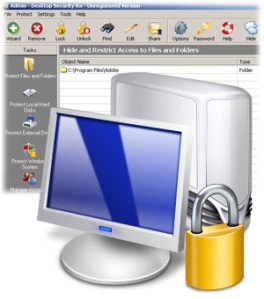Managed File Transfer (MFT) is a software-based solution that allows businesses to securely exchange large and sensitive files both internally and externally. MFT provides a secure, reliable, and auditable way of transferring files, which is particularly important for organizations that deal with sensitive data such as financial institutions, healthcare providers, and government agencies.
MFT solutions typically include features such as encryption, authentication, and access controls to ensure that files are securely transmitted and received. They also provide tracking and auditing capabilities, enabling businesses to monitor file transfers and ensure compliance with regulations and policies.
MFT solutions can be implemented on-premises, in the cloud, or through a hybrid approach, depending on the organization’s specific requirements. They can also integrate with other systems and applications, such as enterprise content management systems and workflow automation tools, to streamline business processes and improve efficiency.
Overall, managed file transfer is an essential tool for businesses that need to transfer large amounts of data securely and efficiently, while also meeting compliance and regulatory requirements.






